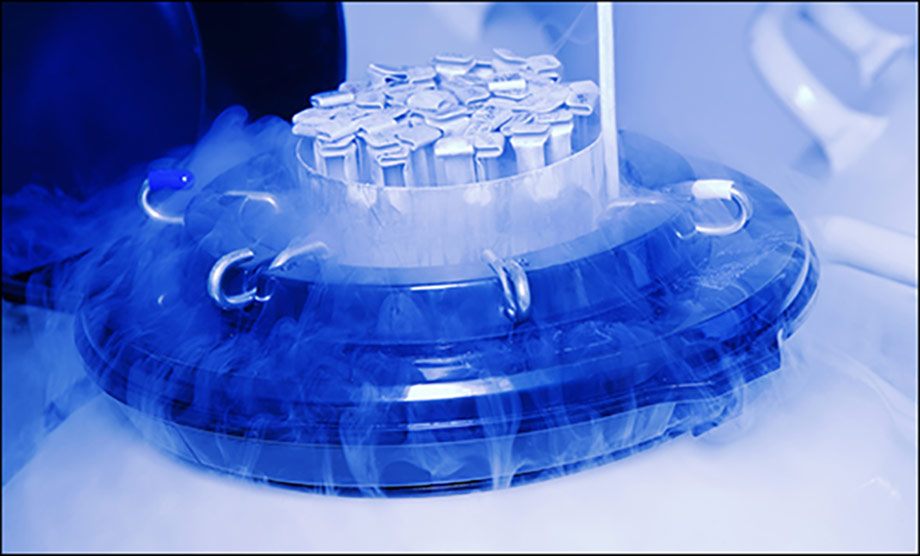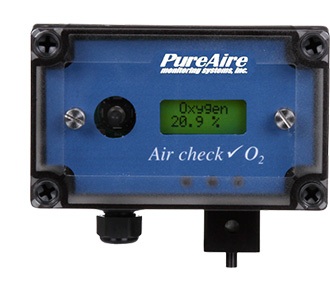Protecting Precious Cargo: Safety Monitoring at IVF and Cryogenic Facilities
- By : PureAire Monitoring Systems
- Posted on : March 27, 2020
- News Room
In March 2018, at two separate fertility clinics, one in Cleveland and the other in San Francisco, the cryogenic tanks storing eggs and embryos malfunctioned, resulting in devastating losses for couples hoping to conceive children.
Nationwide, as of December 2019, there were more than 440 sites that store embryos or eggs in specialized storage tanks of liquid nitrogen, but there are no national laws–and few state standards–governing how, or for how long, the reproductive materials contained therein must be stored.
Publicized failures that have caused the destruction of over 4000 patient eggs, embryos, sperm, and reproductive tissue have heightened the awareness of patients, laboratories, and storage entities to the potential risks and liabilities of cryostorage.
In recent years, as certain health plans and insurance companies have increased coverage of fertility treatments, more couples have turned to fertility clinics to improve their chances of starting families.
How Oxygen Monitors Protect IVF and Cryogenic Facilities
Wherever liquid nitrogen (LN2) is used, there are risks associated with nitrogen leaks. Nitrogen displaces oxygen, and a leak deprives the air of oxygen, thereby creating a potential health hazard for storage facility staff. When there is not enough oxygen in the air, persons working in the area can become disoriented, lose consciousness, or even suffocate due to the lack of oxygen. Since nitrogen lacks color and odor, there is no way for employees to detect a leak using the senses. Moreover, a nitrogen leak could lead to the failure of the cryopreservation tanks storing genetic materials. In order to ensure the safety of employees, and the viability of the materials, in vitro fertilization (IVF) and cryopreservation facilities rely on oxygen monitors.
According to the National Center for Biotechnology Information, facilities using liquid nitrogen should implement a series of quality control steps to monitor LN2 levels and refill tanks as necessary for proper cryostorage maintenance. Among the recommendations is the installation of oxygen monitors to avert or minimize the effects of potentially serious cryostorage accidents caused by LN2 leaks.
PureAire Oxygen Monitors
PureAire Monitoring Systems’ oxygen monitors continually sample the air, taking periodic readings of current oxygen levels. PureAire oxygen monitors are ideally suited for use in a cryogenic storage facility because the monitors can withstand temperatures as low as -40C.
In the event of a nitrogen leak, and a decrease in oxygen to a pre-set alarm level, thePureAire monitor’s built-in horn will sound, and lights will begin to flash, thereby providing notification to the facility staff of the possible impending danger to the precious stored materials. The same alert enables employees to take care of their own personal safety, including exiting the area, if necessary.
Best practice calls for oxygen monitors to be placed wherever nitrogen is used or stored.
PureAire Monitoring Systems monitors feature long-lasting zirconium sensors, which are designed to provide accurate readings, without calibration, for up to 10 years. Cryogenic facilities appreciate the ease of use and reliability of PureAire Monitoring Systems products.




